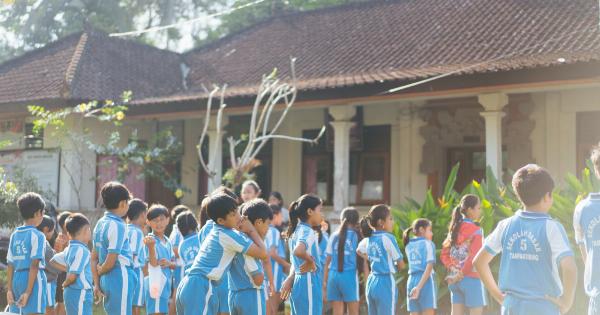School denial is a phenomenon that occurs when educators and policymakers ignore the educational needs of certain groups of students, leading to a vicious cycle of underachievement and lack of opportunity.
This denial often occurs when students come from disadvantaged backgrounds or have special educational needs. Breaking this cycle requires recognizing the problem, addressing the causes, and implementing effective solutions.
What is School Denial?
School denial refers to the tendency of some educators and policymakers to ignore the fact that certain groups of students are not being served by the educational system.
This can take different forms, such as failing to provide appropriate resources or support, overlooking the impact of poverty or racism on student performance, or denying the existence of learning disabilities or other special needs. In all cases, school denial leads to a cycle of underachievement and lack of opportunity that perpetuates social inequality.
Who is Affected by School Denial?
School denial affects different groups of students in different ways. For example, students from low-income families are often denied access to quality education because they attend underfunded schools with outdated resources and unqualified teachers.
This means they are less likely to receive a quality education, which limits their future opportunities. Likewise, students with disabilities or mental health issues often face barriers to education because schools fail to provide appropriate accommodations or support, leading to poor academic performance and social isolation.
Finally, students of color, especially those who are Black or Indigenous, face systemic racism that limits their access to quality education, leads to over-policing and disproportionate disciplinary measures, and reinforces stereotypes and biases.
What are the Consequences of School Denial?
The consequences of school denial are far-reaching and profound. Students who are denied access to quality education are more likely to drop out of school, struggle with employment, and face poverty and social exclusion.
This not only has economic and social implications for individuals but also for society at large. When large segments of the population are denied access to quality education, society as a whole suffers. There is less innovation, less productivity, and more inequality.
What Can Be Done About School Denial?
Breaking the cycle of school denial requires comprehensive and sustained efforts at different levels. At the policy level, lawmakers need to invest in education and create regulations that ensure all students have access to quality education.
This includes increasing funding for schools, setting higher standards for teacher qualifications, reducing class sizes, and ensuring equity in the distribution of resources. At the school level, individual educators need to recognize the diverse needs of their students and create classroom environments that are inclusive, engaging, and challenging for all.
This includes providing accommodations for students with disabilities and mental health issues, using culturally relevant teaching practices, and adopting a growth mindset that sees every student as capable of learning. At the community level, parents, advocates, and other stakeholders need to be involved in the education system and work to promote awareness and understanding of the impact of school denial on different groups of students.
Conclusion: Breaking the Cycle of School Denial Is Possible
School denial is a pervasive and damaging problem that affects many students in different ways. However, breaking the cycle of school denial is possible.
It requires a sustained effort by policymakers, educators, and communities to recognize the problem, address the causes, and implement effective solutions. By investing in education, providing appropriate resources and support, and creating inclusive and challenging learning environments, we can ensure that all students have the opportunity to reach their full potential.






























